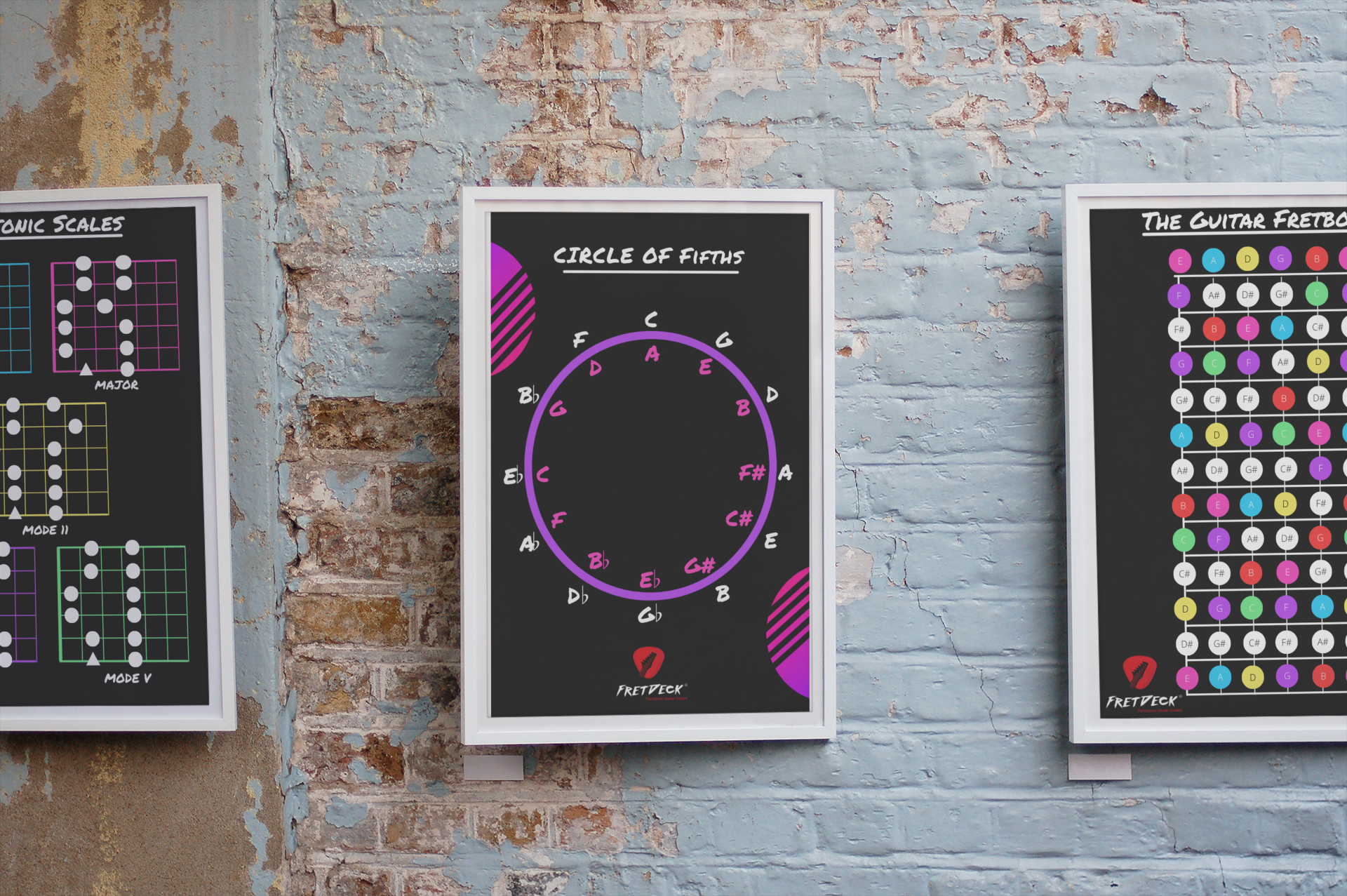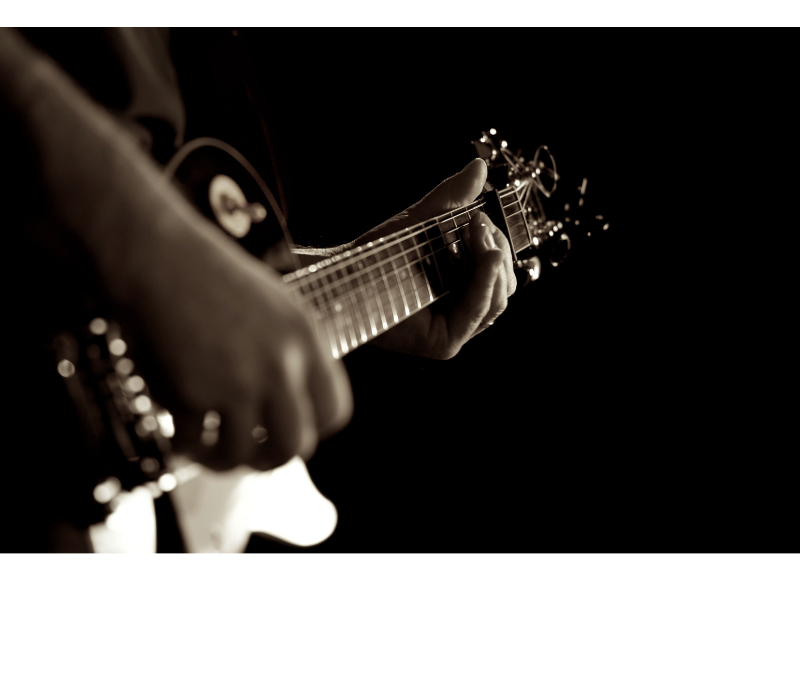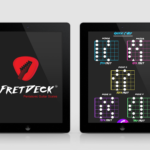Learning the notes on the electric guitar can seem like a daunting task for beginners and even intermediate players. With its intricate layout of frets and strings, memorizing the entire fretboard might appear overwhelming. However, understanding and utilizing the CAGED system can make this process significantly more manageable. In this article, we’ll delve into the CAGED system, explore various methods to learn the guitar notes, and provide practical tips to help you master the fretboard. By the end of this article, you’ll have a clear roadmap to effectively learn the notes on your electric guitar.
Understanding the Guitar Fretboard: Notes On Electric Guitar
Before diving into the CAGED system, it’s essential to understand the basic layout of the guitar fretboard. The guitar has six strings, each tuned to a specific note (from low to high: E, A, D, G, B, E). Each fret represents a half-step (or semitone) interval. As you move up the fretboard, the notes progress chromatically.
For instance, the open sixth string (the thickest string) is an E note. The first fret is F, the second fret is F#, the third fret is G, and so on. This pattern is consistent across all strings, creating a repeating sequence of notes.

Download FREE Guitar Charts!
We have 27 FREE guitar charts to help you learn the guitar fretboard. Learn How to play chords and scales with these free resources.
Free Guitar Resources
What is the CAGED System?
The CAGED system is a method that divides the fretboard into five overlapping shapes or patterns, each corresponding to one of the open chord shapes: C, A, G, E, and D. These shapes provide a framework to locate notes and chords across the entire fretboard. By learning the CAGED system, you can easily find and play any note or chord in multiple positions.
The Five CAGED Shapes:
- C Shape:
- Root on the 5th string.
- Example: C major chord shape, root at the 3rd fret (C note on the 5th string).
- A Shape:
- Root on the 5th string.
- Example: A major chord shape, root at the open A string or 5th fret (D note on the 5th string).
- G Shape:
- Root on the 6th string.
- Example: G major chord shape, root at the open G string or 3rd fret (G note on the 6th string).
- E Shape:
- Root on the 6th string.
- Example: E major chord shape, root at the open E string or 7th fret (B note on the 6th string).
- D Shape:
- Root on the 4th string.
- Example: D major chord shape, root at the open D string or 7th fret (A note on the 4th string).
Each of these shapes can be moved up and down the fretboard to play different chords and scales, with the root note of the chord or scale determining its name.
Applying the CAGED System to Memorize Notes on Electric Guitar
To use the CAGED system effectively for memorizing notes, follow these steps:
Step 1: Learn the CAGED Chord Shapes
Start by memorizing the open chord shapes of C, A, G, E, and D. Practice transitioning between these shapes smoothly. This foundational step is crucial, as these shapes form the basis of the entire system.
Step 2: Identify Root Notes
Identify the root note for each shape and visualize it on the fretboard. For instance, in the C shape, the root is on the 5th string. Locate all the C notes on the 5th string and play the C shape starting from each C note. Repeat this for the other shapes and their respective root notes.
Step 3: Connect the Shapes
Connect the shapes across the fretboard. Notice how the shapes overlap and connect with each other. For example, the C shape at the 3rd fret transitions into the A shape at the 5th fret, and so on. This overlapping pattern is the essence of the CAGED system.
Step 4: Practice Moving Up and Down the Fretboard
Practice moving the shapes up and down the fretboard, maintaining the root note as a reference. This will help you internalize the positions of the notes and understand the relationship between the shapes.
Step 5: Apply to Scales
Once comfortable with the chord shapes, apply the CAGED system to scales. Start with the major scale and map out the notes within each CAGED shape. Practice playing the major scale using different shapes and connecting them smoothly.
Practical Exercises to Memorize Notes On Electric Guitar
To reinforce your understanding and memorization of the notes on the electric guitar, incorporate the following exercises into your practice routine:
Exercise 1: Note Recognition Drill
- Randomly choose a note and locate it on all six strings.
- For example, choose the note G. Find G on the 6th string (3rd fret), 5th string (10th fret), 4th string (5th fret), 3rd string (12th fret), 2nd string (8th fret), and 1st string (3rd fret).
- Repeat this exercise for different notes, gradually increasing the speed.
Exercise 2: Single String Practice
- Choose a string and play the notes ascending and descending.
- Say the note names out loud as you play them.
- For instance, on the 6th string: E, F, F#, G, G#, A, A#, B, C, C#, D, D#, E.
Exercise 3: CAGED Shape Transitions
- Play a chord using one of the CAGED shapes.
- Move to the next shape, maintaining the same root note.
- For example, play a C chord in the C shape, then move to the A shape with C as the root, followed by the G shape, and so on.
Exercise 4: Scale Practice with CAGED Shapes
- Choose a major scale and play it within each CAGED shape.
- Connect the shapes to play the scale up and down the fretboard.
- For instance, play the C major scale starting from the C shape at the 3rd fret, transitioning to the A shape at the 5th fret, and so on.
Exercise 5: Visualization
- Visualize the fretboard and mentally locate notes without playing them.
- Use diagrams and fretboard charts to reinforce your mental image.
- This exercise helps strengthen your memory and recall of note positions.
Tips for Effective Practice
- Consistency is Key: Regular, focused practice is essential for memorizing the fretboard. Aim for daily practice sessions, even if they are short.
- Use Mnemonics: Create mnemonic devices to remember note positions. For instance, for the natural notes on the 6th string (E, F, G, A, B, C, D, E), use a phrase like “Every Fat Guy Always Buys Cheese Dip.”
- Play Songs: Incorporate songs into your practice that require you to use different positions on the fretboard. This practical application reinforces your learning.
- Visual Aids: Use fretboard diagrams and charts to visualize note positions. There are many online resources and apps available that provide interactive fretboard diagrams.
- Be Patient: Memorizing the fretboard takes time and effort. Be patient with yourself and celebrate small milestones along the way.
Advanced Applications of the CAGED System
Once you have a solid understanding of the CAGED system and the notes on the fretboard, you can explore more advanced applications:
Chord Inversions and Extensions
Use the CAGED shapes to play chord inversions and extensions. For example, play a C major chord in different positions and add extensions like 7ths, 9ths, and 13ths to create richer harmonies.
Arpeggios
Practice arpeggios within each CAGED shape. This helps you target specific notes within a chord and adds a melodic dimension to your playing.
Improvisation
Use the CAGED shapes as a framework for improvisation. Knowing the notes and scales within each shape allows you to navigate the fretboard fluidly during solos.
Conclusion
Mastering the notes on the electric guitar is a journey that requires dedication and structured practice. The CAGED system provides a powerful tool to organize and navigate the fretboard, making the process of memorization more accessible. By following the steps and exercises outlined in this article, you’ll develop a comprehensive understanding of the notes on your guitar and unlock greater musical potential.
Remember, consistency and patience are crucial. Regular practice, combined with a clear understanding of the CAGED system, will lead to significant progress over time. Embrace the journey, enjoy the process, and soon you’ll find yourself confidently navigating the fretboard with ease.

Download FREE Guitar Charts!
We have 27 FREE guitar charts to help you learn the guitar fretboard. Learn How to play chords and scales with these free resources.
Free Guitar Resources










